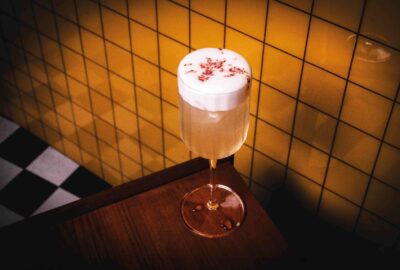By Tom Aikens, two Michelin-starred chef
Tom Aikens is one of the most creative and talented chefs Britain has ever seen, becoming the youngest chef to win two Michelin stars aged only 26 and building an expansive, international restaurant empire.
During the RHS Chelsea Flower Show this year, Tom created a range of special dishes inspired by British flora. Here, he explains how to cultivate a love of cooking with edible flowers…
Edible flowers seem to be everywhere right now but it’s actually a ‘trend’ which has been around for at least 15 years.
Added into dishes, they offer another flavour dimension and also a bit of intrigue and colour. And it’s not just sweet desserts that can benefit from the addition of edible flowers – you can use them in lots of savoury dishes too.
There are obviously the visual benefits that flowers can bring to a plate but they also enhance the dish with flavour as some have an explosive amount of taste, for example fennel pollen.
Edible flowers are at their best in spring and summer, as in our lovely winter no delicate flowers will survive, so they should be used when just in season.
The best way to source edible flowers is either to pick them yourself or have a reputable supplier to get them for you. I actually grow my own on a roof top garden, mainly nasturtium.
In terms of presentation, my advice is don’t overdo it. Keep it simple and make sure they are in keeping with the other parts of the dish.
To keep the flowers looking fresh prior to serving, don’t keep them uncovered, lay a little piece of damp tissue paper onto the top of them and make sure the fridge is not too cold either as they will close up and die.
Which flowers work best with which ingredients?
• Borage has a cucumber taste so works well in light-flavoured food like salmon, salads, as well as a classic summer Pimms
• Gorse flower is bright yellow and can be used to steep in a syrup for cocktails or to make an oil
• White clover flower can be used to steep in vinegar and used in cocktails for a syrup or flavoured vodka
• Marigolds can be used when dried as they brighten up a dish because of the yellow petals, use in risotto or in a clear soup or bouillon for fis
• Rosemary and thyme flowe works really well with lamb
• Nasturtium leaf and flower is peppery so it can handle bigger flavours, but it adds a good amount of savoury notes to a dish. It can be used to make an oil to go with lamb, or lightly cooked to go with fish, or raw with some raw or marinated fish


